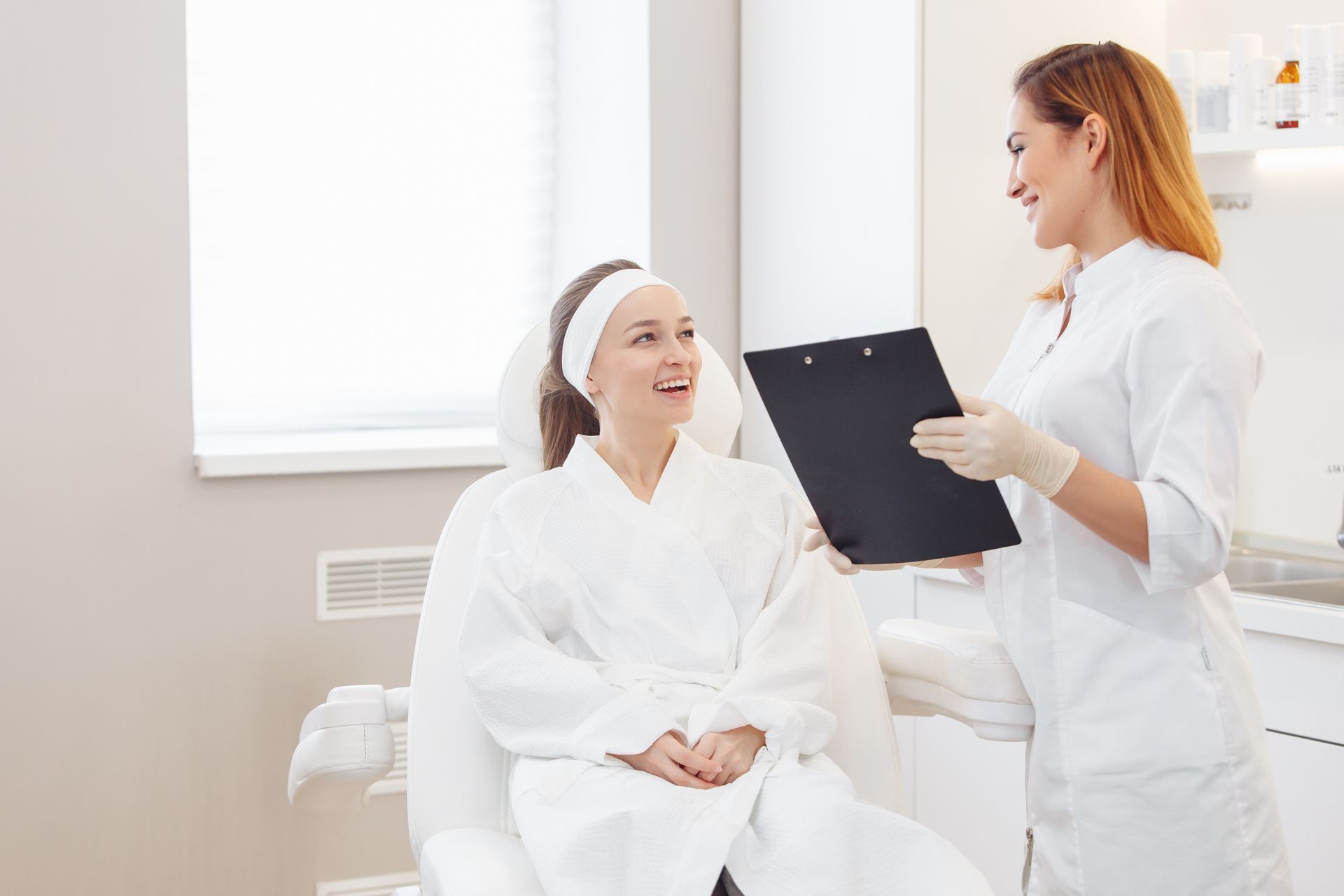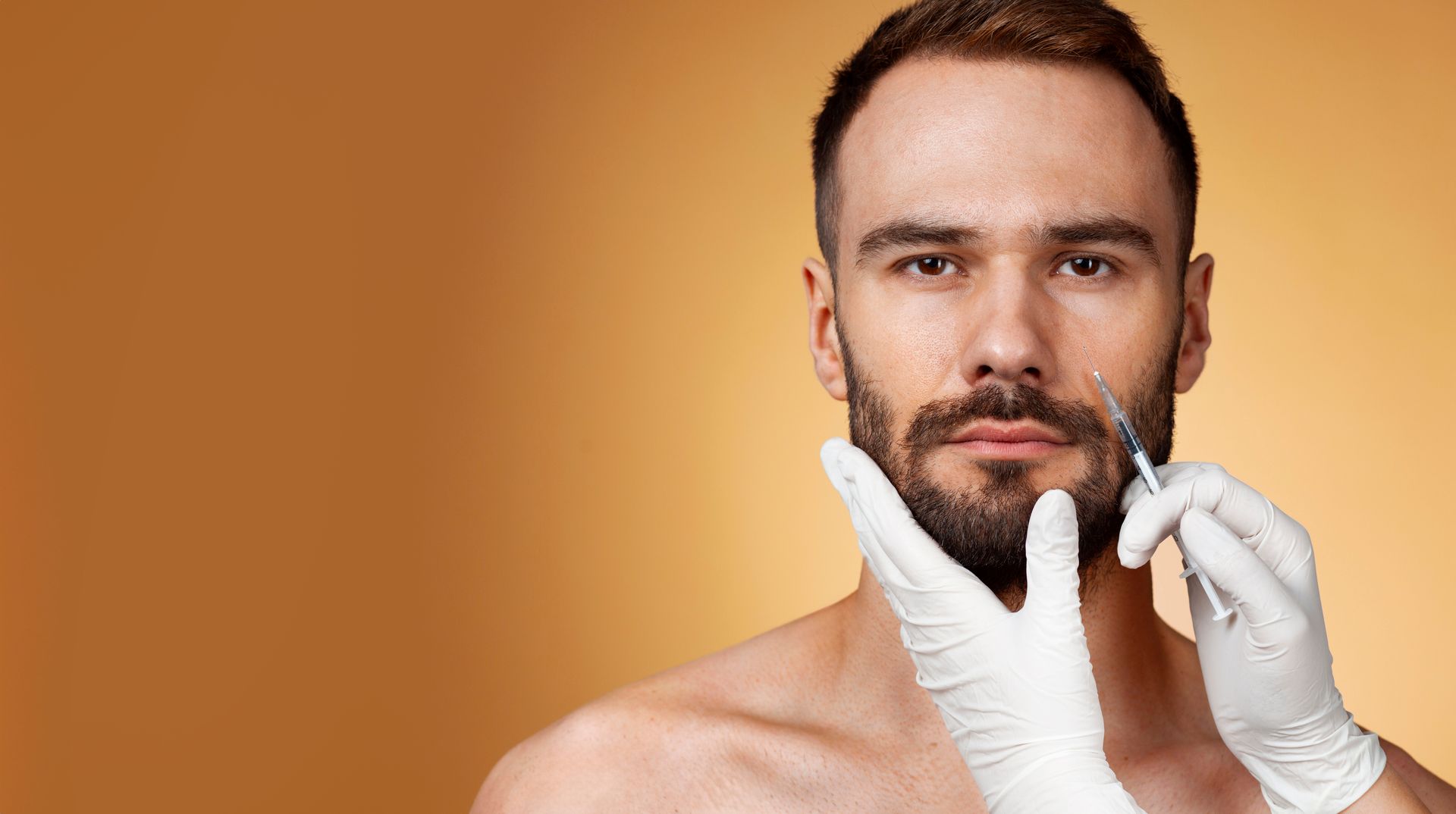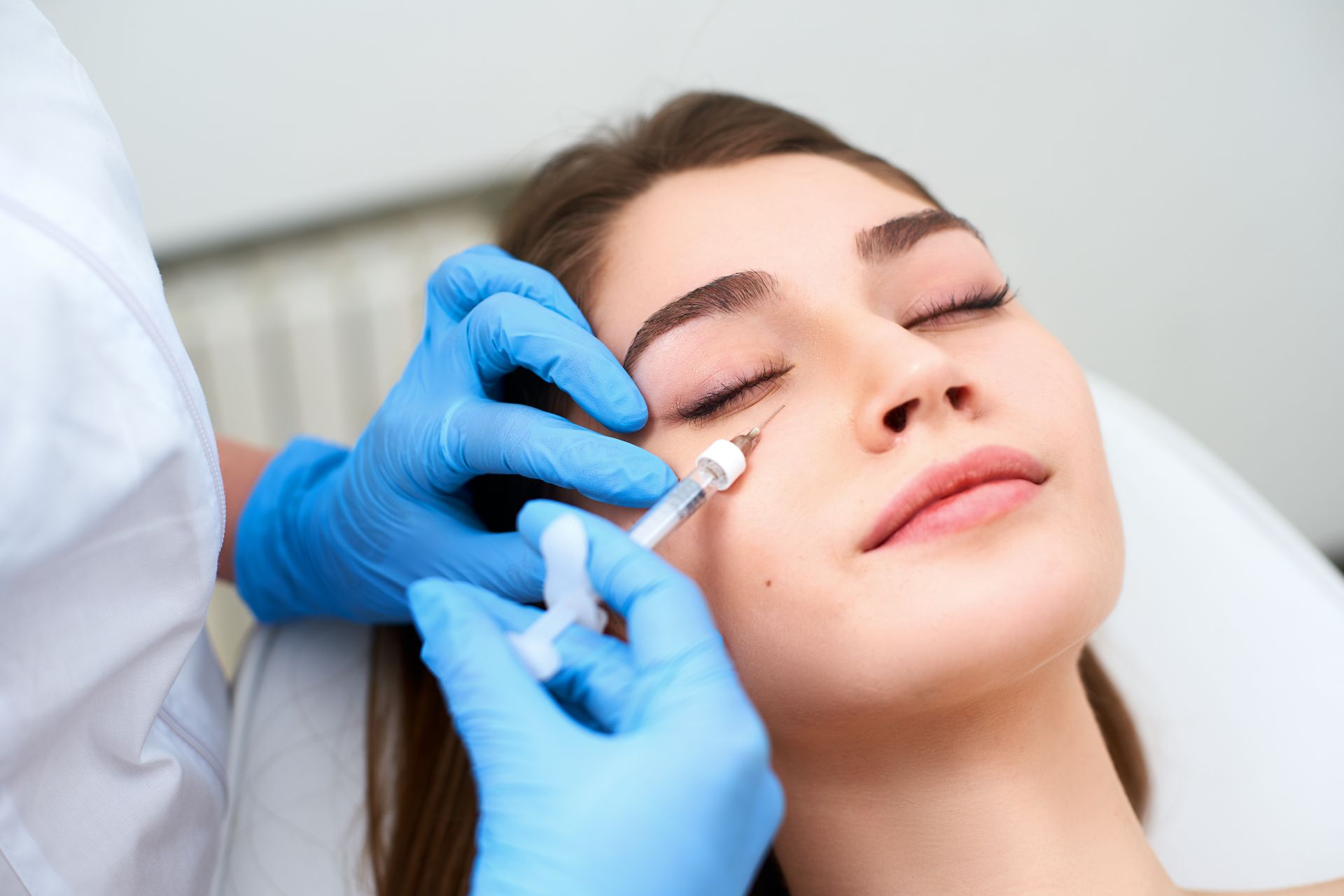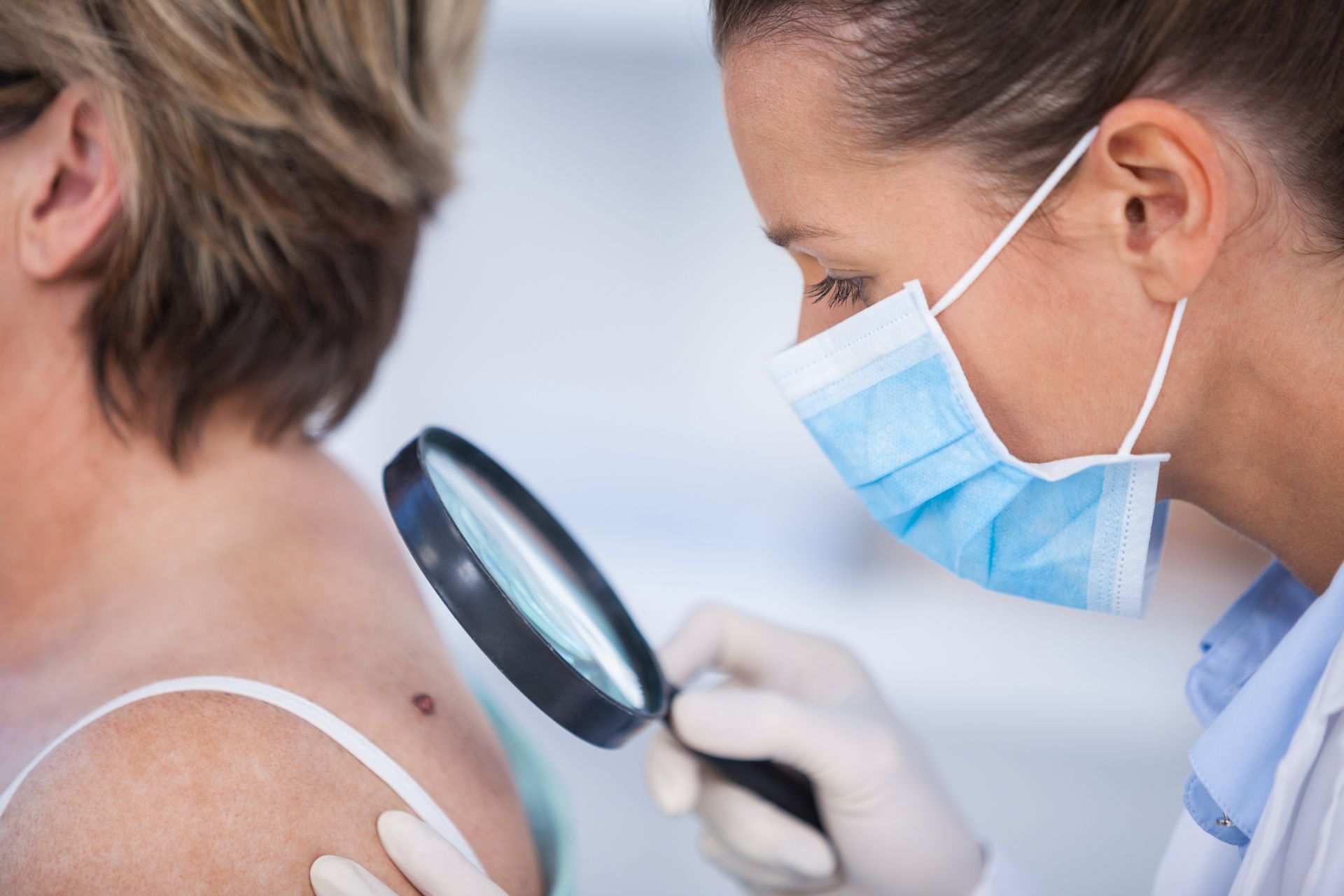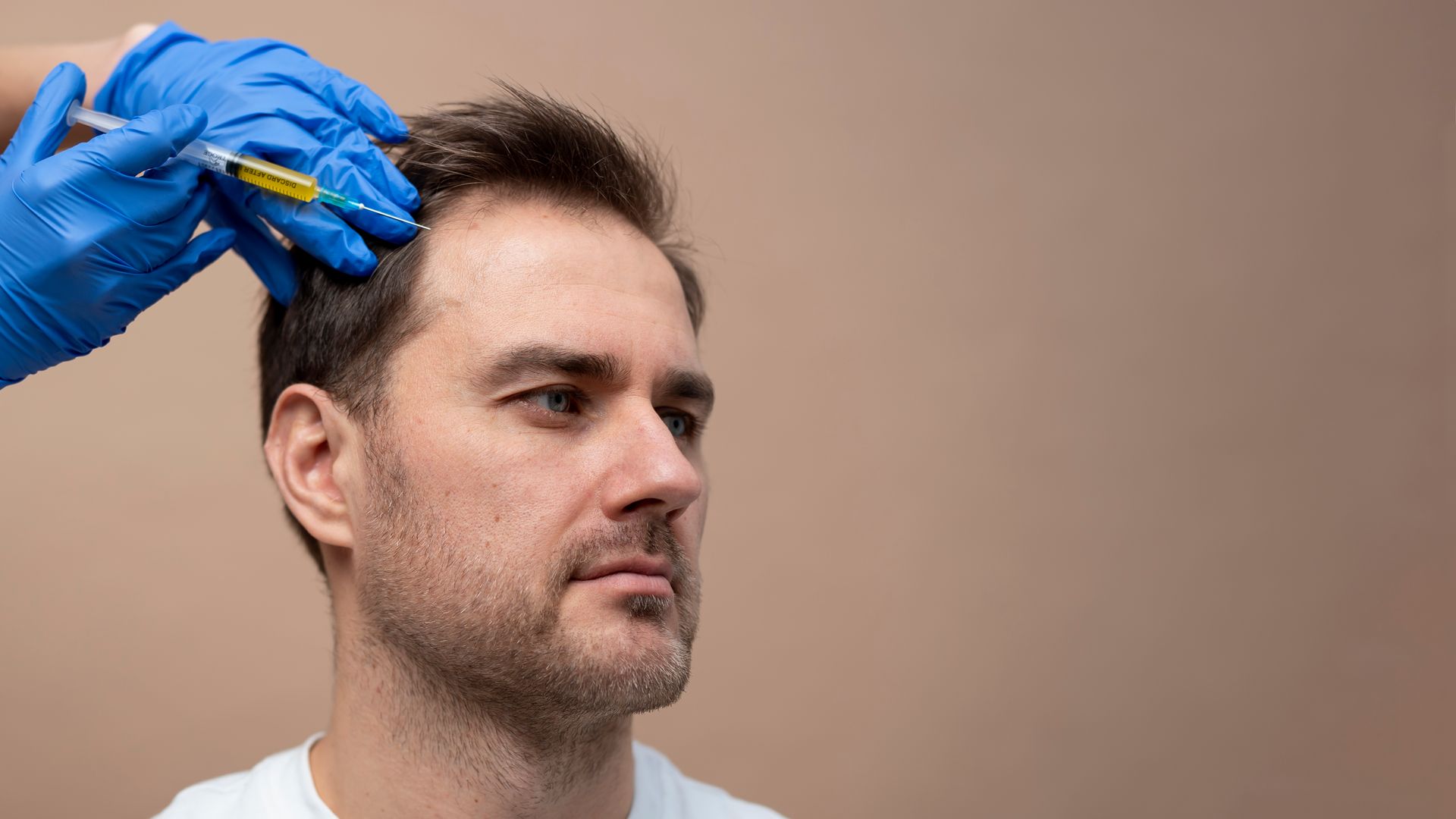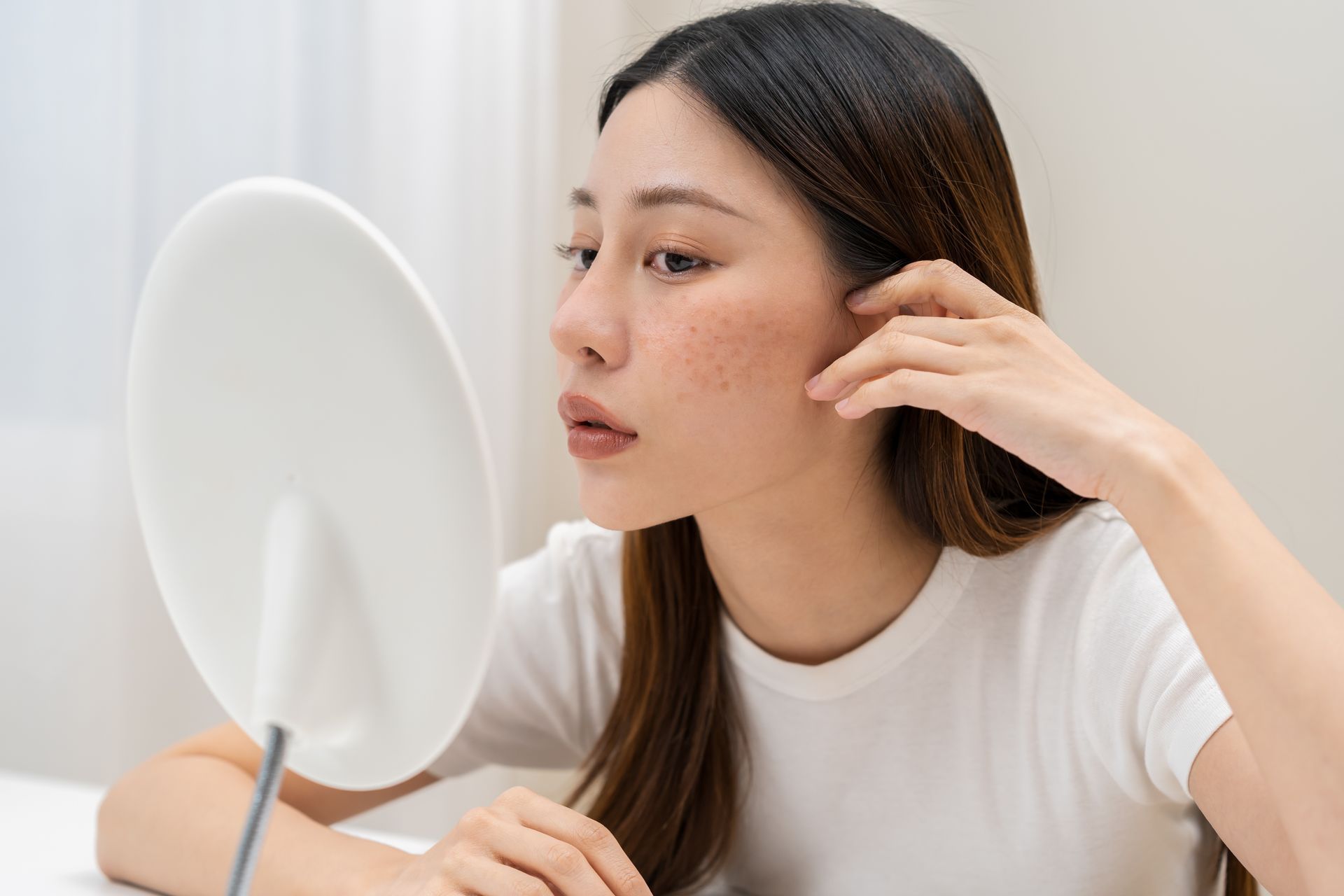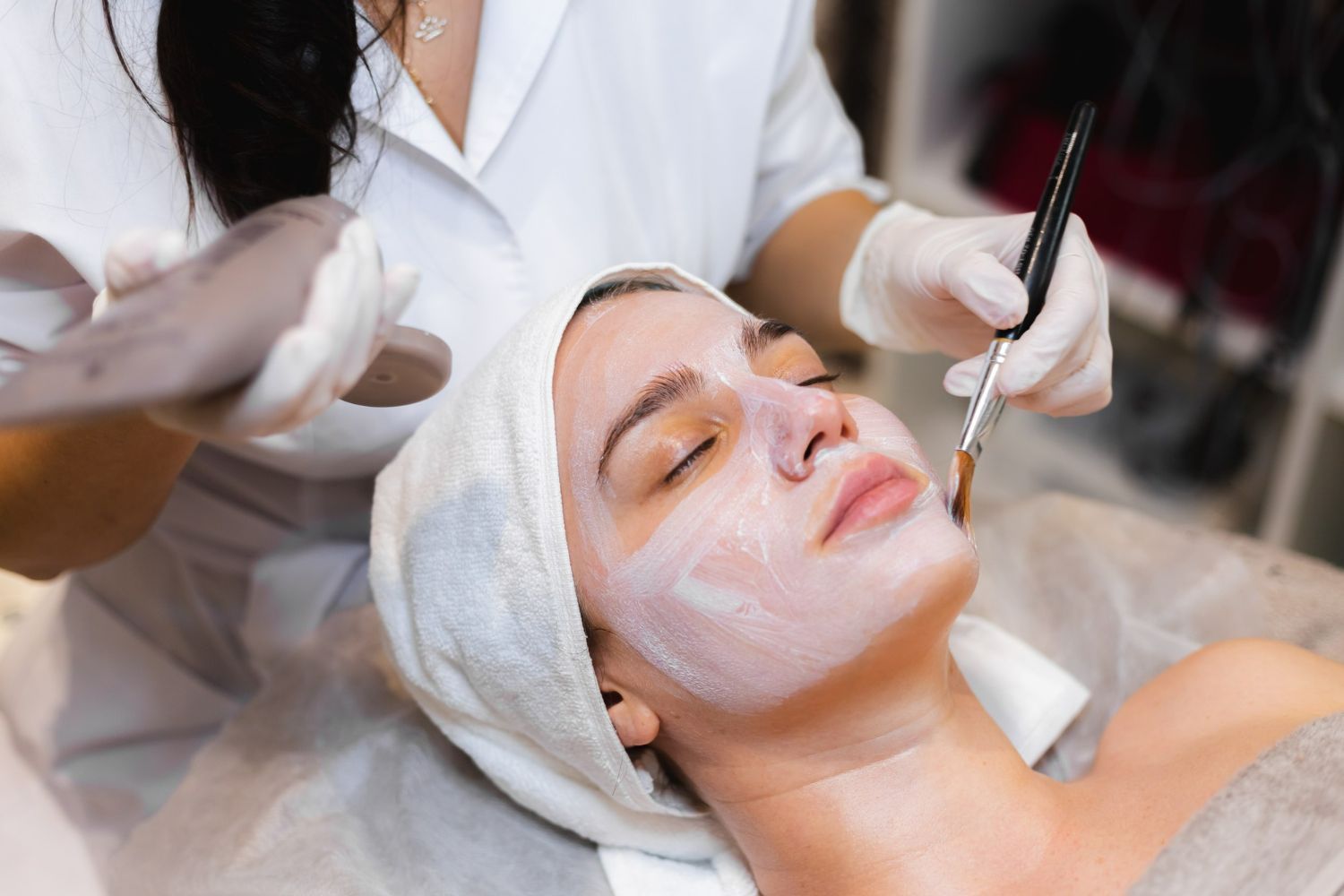WHAT IS BOTOX?
Botox is a neurotoxin derived from Clostridium botulinum, a bacterium. It's used in medicine for various purpose, many people know about Botox due to it’s cosmetic purposes.
The discovery of Botox or the toxin’s cosmetic applications were a very happy accident (many people are thankful for their wrinkle free faces!). In 1987, Canadian eye doctor Jean Carruthers was using Botox to treat blepharospasm (eye condition) in a patient. The woman complained when the Doctor didn’t inject her forehead, because she said the injections made her lines disappear (always a great side effect to have). Dr. Jean brought the discovery to her husband, a dermatologist Alastair Carruthers. The couple then decided to devote their time to experimenting with their wrinkle relaxing discovery, and published their first study in 1992.
In the early 2000s, cosmetic Botox applications for the injectable neurotoxin were functional if not inconspicuous. Botox was innovative for its ability to treat wrinkles, not the elegance with which it did so. Botox was first approved by the FDA for cosmetic use in 2002 for treatment of glabellar lines (“eleven” or “frown” lines between the brows). Dysport was FDA approved in 2009 for glabellar lines as well as cervical dystonia.
Notably in cosmetic procedures, Botox and Dysport (and several other similar medications) are used to reduce the appearance of wrinkles by temporarily paralyzing muscle activity. Generally the effects are seen in 3-7 days, but fully set in by 2-3 weeks. When injected in small doses, it blocks signals from nerves to the muscles, causing the targeted muscles to relax, which can smooth out wrinkles and fine lines on the face. The effects of Botox will last around 3-4 months on average.
Apart from its cosmetic applications, Botox is used medically to treat certain muscular conditions, migraines, dental grinding, temporomandibular joint dysfunction or TMJ, excessive sweating, overactive bladder, and even some neurological disorders by reducing muscle spasticity or excessive nerve activity.
Sometimes medication side effects or adverse effects can be a happily ever after, like in the case of the paralyzing effect of Botox which was discovered by accident, but fortunately applied in cosmetics so help so many patients today!
-The Cambridge Skin and Wellness Team

